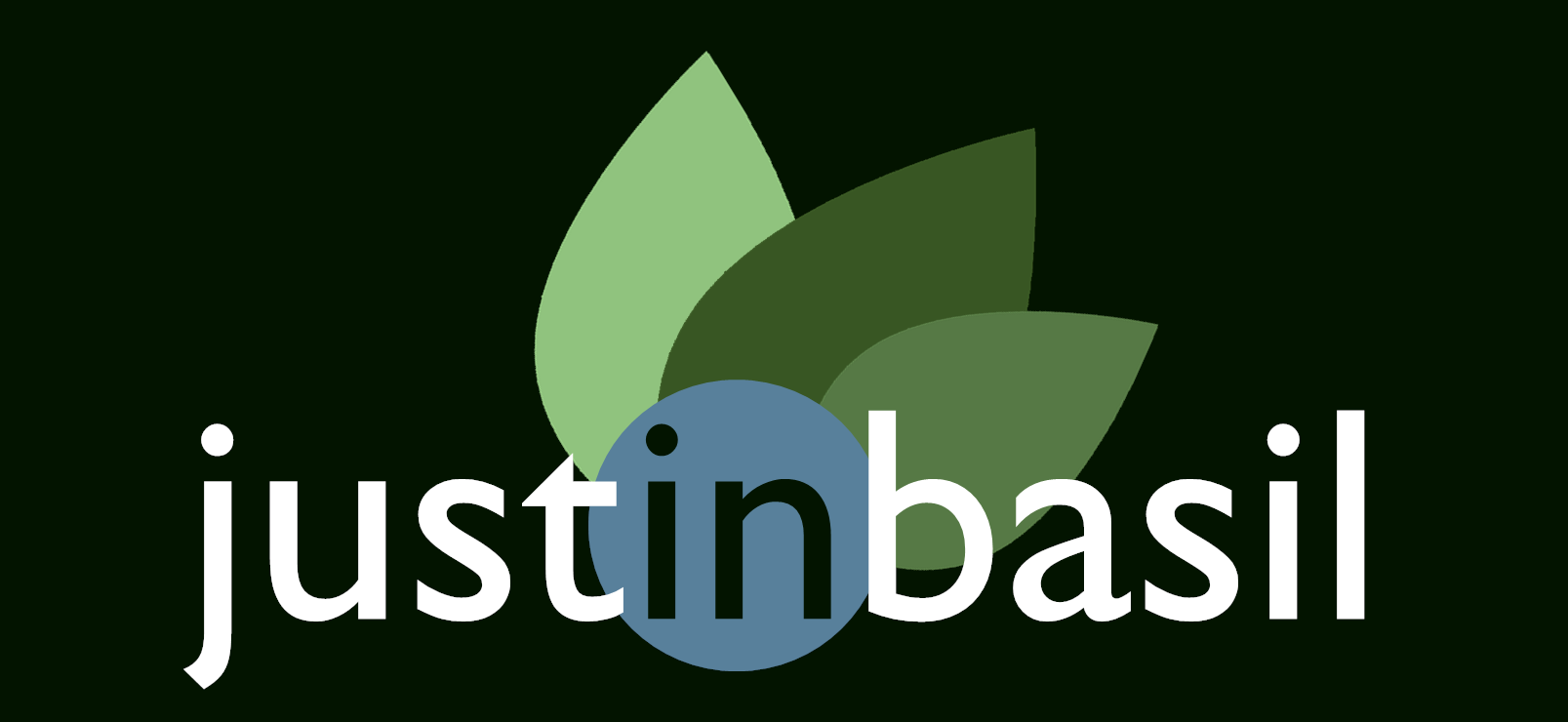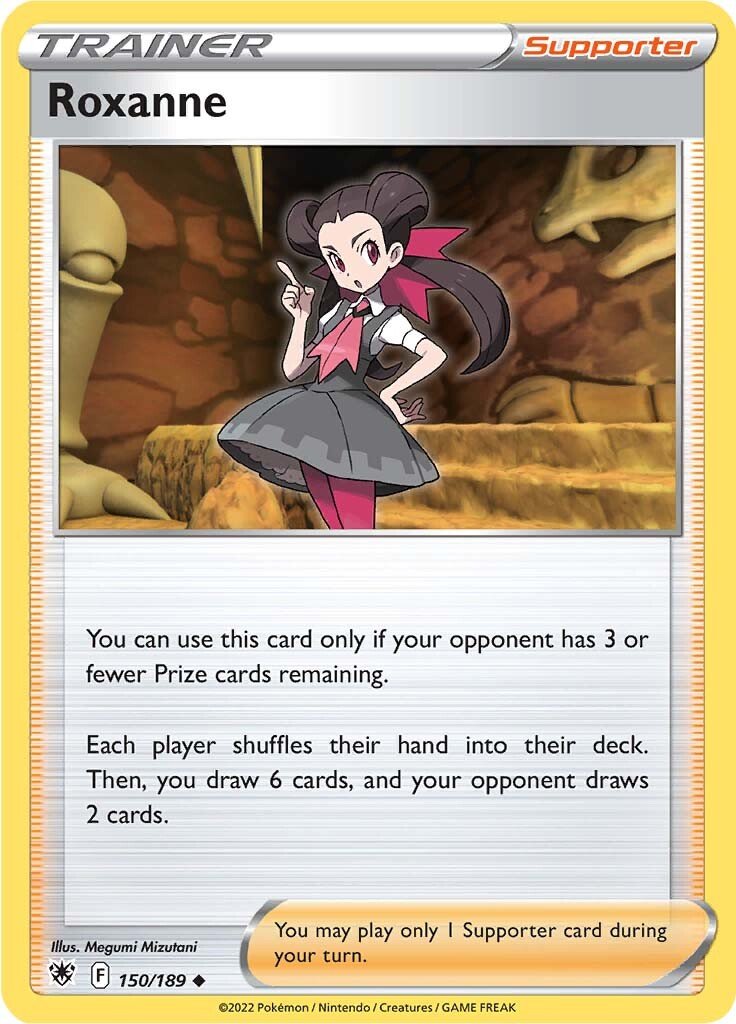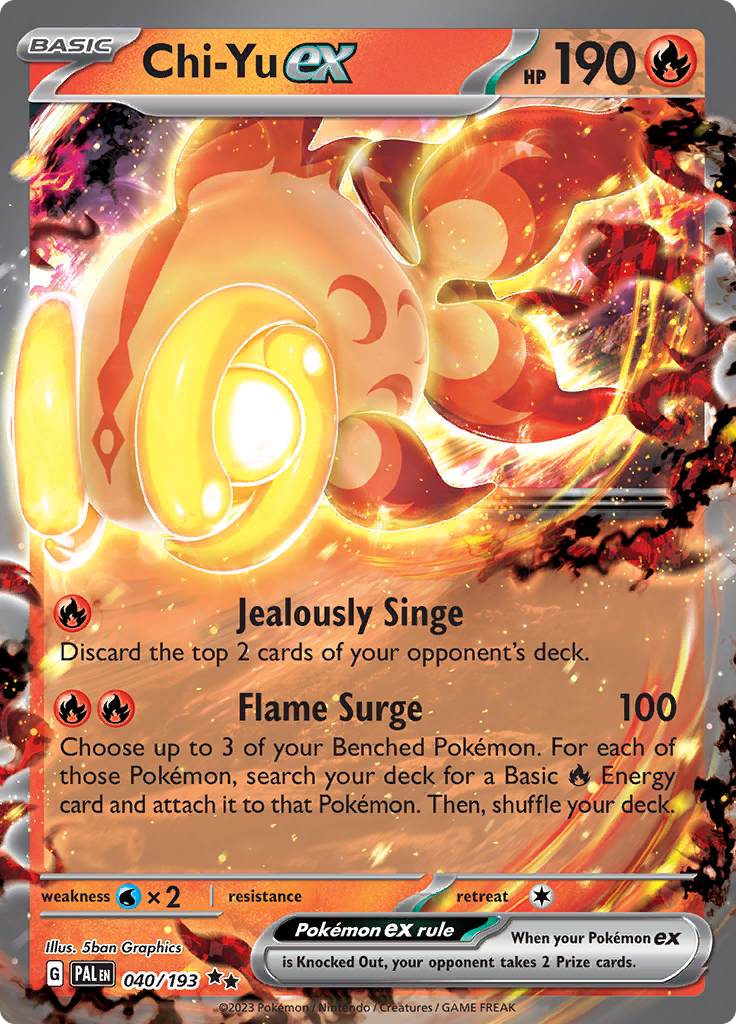Disruption
Resource Removal
Supporters
Giacomo PAL 182
Eri TEF 146
Team Star Grunt SVI 195
Items
Lost Vacuum LOR 162
Crushing Hammer SVI 168
Enhanced Hammer TWM 148
Ability Lock
Klefki SVI 96
Flutter Mane TEF 78
Iron Thorns ex TWM 77
Resource Lock
Banette ex SVI 88
Healing / Scoop-Up Denial
None.
Hand Disruption / Revelation
Judge FST 235
Roxanne ASR 150
Iono PAF 80
Unfair Stamp TWM 165
Milling / Deck Manipulation
Chi-Yu ex PAL 40
Great Tusk TEF 97
Miscellaneous
Muk BRS 85
Collapsed Stadium BRS 137
Temple of Sinnoh ASR 135
Resource Removal
Supporters
Giacomo is a disruptive card that punishes your opponent when they spread their Special Energy cards around their field. It does this by discarding a Special Energy card from each of your opponent’s Pokémon.
Most decks won’t run Giacomo, and those that do tend to run just 1 copy.
Eri throws a wrench in your opponent’s setup by discarding a pair of Item cards from their hand. Often, these cards may be Rare Candy, Buddy-Buddy Poffin, or Ultra Ball, and may cripple a deck hoping to setup and get moving quickly.
Not all decks will run Eri. Decks that do run Eri tend to run just 1 copy.
Team Star Grunt is form of Energy disruption that sends an attached Energy card to the top of your opponent’s deck. In combination with other types of Energy disruption, Team Star Grunt can help put your opponent behind on Energy attachments to the point where they have a difficult time preparing to take knockouts, all while preventing the card they draw at the start of their turn from being anything more than a simple Energy attachment.
Decks that run Team Star Grunt tend to be less focused on aggression strategies and are typically more focused on an alternative strategy, like control. These decks tend to run just 1-2 copies of the card.
Items
Lost Vacuum is a Pokémon Tool- and Stadium-removal card that is very easily splashable in a variety of decks. For the cost of putting a card from your hand into the Lost Zone, you can remove any Pokémon Tool or Stadium card in play, putting it into the Lost Zone.
Lost Vacuum’s inclusion in decks will be very meta-dependent, with decks running anywhere from 0 copies to as many as 2.
Crushing Hammer is a common inclusion in decks that need to slow their opponent’s setup by disrupting their Energy attachments. Although its effect is dependent on flipping a heads on a coin flip, the fact that the card discards your opponent’s Energy makes it an especially potent card if you find your deck needs a little extra time to set up.
Decks that play Crushing Hammer tend to include 4 copies of the card.
Enhanced Hammer is a potential inclusion in decks that need to remove a problematic Special Energy card, like Legacy Energy, from play. Although its effect doesn’t work on Basic Energy cards, removing specific Special Energy from play can be the difference between taking a game-winning quantity of Prize cards and narrowly missing taking your last Prize card first.
Decks that play Enhanced Hammer tend to include just 1 copy of the card.
Ability Lock
Klefki has an extremely potent ability in its Mischievous Lock, which shuts off all of the Abilities of all Basic Pokémon when it is in the Active Spot. This means that the abilities of common utility Pokémon—like Lumineon V’s Luminous Sign—are shut off and inaccessible to your opponent. Klefki works well in control decks and in decks that can take advantage both of the slowing down of its opponent’s setup caused by Mischievous Lock.
Decks that run Klefki tend to include just 1-2 copies of the card.
Flutter Mane, like Klefki, has an extremely potent ability in its Midnight Fluttering Ability, which shuts off all of the Abilities of your opponent’s Pokémon when it is in the Active Spot. This means that the abilities of common utility Pokémon—like Radiant Greninja’s Concealed Cards and Bibarel’s Industrious Incisors—are shut off and inaccessible to your opponent. Flutter Mane works especially well in decks that can take advantage of the slowing down of the opponent’s setup caused by Midnight Fluttering.
Decks that run Flutter Mane tend to include just 1-2 copies of the card.
Iron Thorns ex, like Flutter Mane, has an especially potent ability in its Initialization Ability, which shuts off all of the Abilities of non-Future Rule Box Pokémon in play when it is in the Active Spot. This means that the abilities of common utility Pokémon—like Radiant Greninja’s Concealed Cards and Bibarel’s Industrious Incisors—are shut off and inaccessible to your opponent. Iron Thorns ex works especially well in decks that can take advantage of the slowing down of the opponent’s setup caused by Initialization.
Decks that run Iron Thorns ex tend to include just 1-2 copies of the card.
Resource Lock
Banette ex can make use of its Everlasting Darkness attack to prevent the opponent from making use of any Item cards they may have in their hand, slowing down their strategy and potentially preventing them from keeping pace in the Prize trade.
Decks that run Banette ex tend to be built around it. They’ll often include 2-3 copies of the card, plus 3-4 copies of Shuppet, the Basic Pokémon.
Hand Disruption/Revelation
Judge draws just four cards, but disrupts your opponent’s hand in the process. Unlike Marnie, Judge shuffles both players’ hands into their deck, making it possible for the player to draw back into the cards that have been shuffled away. This makes Judge an inherently weaker disruption card than Marnie and, as it draws one less card than Marnie, too, it’s also a weaker Draw supporter.
Because of the popularity of Marnie, Judge doesn’t see very much play. Decks that run Judge tend to run a couple of copies of it in addition to Marnie.
Roxanne is a niche comeback card that finds its way into a handful of decks. Although not as universally useful as cards like N before it, Roxanne offers a comeback option in the Standard format for decks that can find it at the most opportune time.
In conjunction with a well-timed Path to the Peak, Roxanne can mean locking your opponent out of the opportunity to win the game entirely.
Not every deck will run Roxanne, because the card is a dead card for much of the game. Those that do run it tend to run just 1-2 copies of the card.
Although Iono does not draw as many cards for the player as Professor’s Research, Iono is especially potent as both a means of ensuring you don’t draw into the same bad hand and disrupting your opponent’s good hand.
Decks that run Iono typically include 2-3 copies.
Unfair Stamp is a potent comeback card that finds its way into a handful of decks as that deck’s ACE SPEC of choice. Similar to Roxanne, Unfair Stamp offers a comeback option in the Standard format for decks that can find it at the most opportune time. Unlike Roxanne, Unfair Stamp can be used without expending the use of your Supporter card in a turn.
Not every deck will (or can) run Unfair Stamp, because including the card means weighing it against your deck’s other ACE SPEC options.
Milling / Deck Manipulation
Chi-Yu ex is used primarily by mill, control, and stall deck archetypes to work against other alternate win condition decks with its Jealousy Singe attack, which discards the top 2 cards of your opponent’s deck.
Decks that run Chi-Yu ex tend to run just 1 copy of the card.
Great Tusk is an option for decks that run Double Turbo Energy or have other forms of Energy acceleration, like Professor Sada’s Vitality. Its Land Collapse can discard the top 4 cards of your opponent’s deck with each attack, rapidly bringing your opponent closer to deck out.
Decks that run Great Tusk tend to either be focused on the card’s milling capability as its primary strategy or tend to be more of an “Ancient Box” style of the deck that uses Great Tusk’s Land Collapse attack against decks that are similarly aggressive.
Where Great Tusk is the core strategy of the deck, decks tend to run 4 copies of the card. Otherwise, decks tend to run just 1 copy of the card.
Miscellaneous
Muk BRS 85 is a Pokémon that serves its function primarily via its hostile ability, Sludge Street, which can also make it much more difficult for your opponent to retreat their Active Pokémon and can force them to dig for a switching card like Switch or Kieran instead of relying on preexisting options like a manual retreat or Rescue Board.
Muk can also make it more difficult for your opponent to ‘save’ a damaged Pokémon on their bench, lessening the likelihood of you needing a gust card to successfully take a two-hit knockout.
Most decks won’t include any copies of Muk, but those that do will want 2-3 copies of the card.
Collapsed Stadium can be played down to limit the number of Pokémon your opponent can play on their Bench, potentially entirely locking them out of critical plays that would advance their strategy.
In addition, Collapsed Stadium can be used strategically to remove vulnerable utility Pokémon, like Rotom V, from play.
Decks that include Collapsed Stadium tend to include 1-2 copies of the card.
Temple of Sinnoh is a direct counter for decks that find themselves in particular need of Special Energy cards. Temple of Sinnoh strips Special Energy cards in play of any special effects they provide—additional Energy or Energy types, any protections, etc.
Temple of Sinnoh won’t find its way into every deck, but it can be a potent choice when used wisely. Decks that run Temple of Sinnoh tend to run 1-2 copies of the card.











